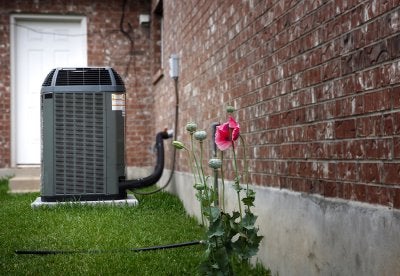Is your air conditioner as efficient as it could be? Most Seattle homeowners may not be sure whether their air conditioning system is up to modern standards of efficiency. If you’re concerned that your bills are too high or that you are needing to run your air conditioner for long hours to keep your house cool, it may be time to contact an HVAC professional to talk about having your system replaced with a new one. If you want to better understand how air conditioner efficiency is measured, here is a guide to some of the most commonly used terms. 
BTU. BTU is a term that stands for British Thermal Unit, and it represents the amount of heat that is required to increase the temperature of a pound of water by exactly 1 degree Fahrenheit. If you strike a single match and let it burn down, you have used up approximately 1 BTU.
Horsepower. This is a common unit of power with a number of distinct meanings. In terms of your air conditioner’s efficiency, horsepower is used to measure cooling capacity—or the amount of heat your air conditioner is able to remove from a room.
COP. COP stands for Coefficient of Performance. In terms of your HVAC system, the COP is the ratio of the amount of work you put into your system to the amount of heating or cooling you get out of it. The higher your COP is, the more reasonable your utility bills will be.
EER. EER stands for energy efficiency ratio. For the purposes of your air conditioner, it is the ratio of every BTU of energy your system uses to every watt of electrical energy it produces. The EER is used to measure the efficiency of room air conditioners, while a different ratio called the SEER—the Seasonal Energy Efficiency Ratio—is used to describe central air conditioners.
Energy Star. Energy Star is a program in the United States that certifies the most energy-efficient products on the market, helping consumers to make the best decisions for their budget and the environment. In order to be labeled with the Energy Star symbol, a product such as an air conditioner must meet the minimum requirements of the EPA.

